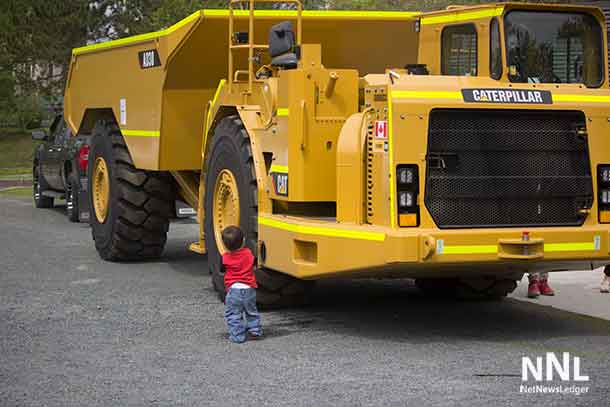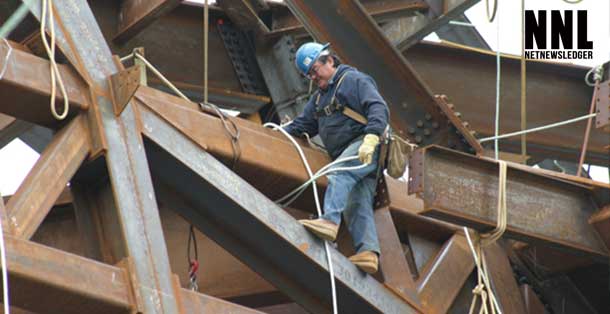New Jersey saw 116 fatal work injuries in 2022, with transportation and material moving jobs leading to 35 fatalities. Heavy machinery accidents, which fall under these categories, are some of the most dangerous types of workplace accidents in places like Lawrence Township, often causing severe injuries like amputations. Understanding the risks associated with operating heavy machinery and the safety protocols in place can help prevent such life-altering accidents. Workers should always know their rights and the types of compensation available if they suffer an injury on the job.
Different Kinds of Injuries
When working with machinery regularly, there is a higher risk of injury. Typical accidents include cuts, bruises, and fractures from slips or impacts. In some cases, injuries may result in amputations or crush injuries when limbs are caught. Furthermore, being around loud noises for longer periods can cause hearing loss, and using vibrating equipment can lead to nerve damage. Understanding these dangers underscores the importance of adhering to safety protocols and having thorough training programs in place.
The Significance of Education
Ensuring that workers undergo training is crucial in avoiding accidents with machinery. Employees should be given guidance on how to use equipment efficiently. Training should encompass not only the operations of the machinery but also emergency protocols, upkeep duties, and the ability to identify hazards. Businesses can enhance safety by providing training, decreasing the chances of accidents and deaths.
Enforcing Safety Measures
It’s crucial to have safety protocols in place to reduce risks at work sites effectively and consistently check equipment for any problems that could cause accidents. It also boosts safety by making sure safety measures, like guards and emergency stops, are working well. Employees should stick to the rules set out and wear the gear. By doing so, everyone plays a part in creating a workplace.
The Importance of Communication
Engaging in open communication between employees and management plays a role in improving workplace safety standards. Encouraging workers to speak up about any hazards or risky behaviors they observe helps establish a stance toward managing risks. Regular safety meetings offer a platform for discussing worries and assessing protocols. By nurturing an environment of transparency and dialogue within the workplace, organizations can promptly tackle problems to prevent accidents and nurture a safety culture.
Advancements in Safety Technology
Advancements in technology enhance safety measures concerning heavy machinery operations by incorporating features like proximity sensors and real-time monitoring systems to prevent mishaps effectively.
The Legal and Financial Consequences
Accidents involving machinery can have legal and financial implications, prompting employers to adhere to safety standards to avoid fines or legal action. A lack of a secure workplace may lead to expensive court battles and harm a business’s image. Implementing safety precautions not only ensures the welfare of employees but also shields the company from possible financial hardships.
Encouraging a Safe Environment
Fostering a work environment that prioritizes safety enhances security and shows employees that their well-being is valued above speed or productivity goals. Additionally, reinforcing safe practices through recognition and rewards encourages responsible behavior and inspires others to do the same. This safety-focused culture nurtures a sense of accountability among staff members, resulting in efforts toward creating a safe workplace for all.
The Importance of Rest and Recovery
Employee fatigue can significantly impact efficiency when operating equipment, so rest and recovery between shifts are essential to avoid mistakes caused by exhaustion. Employers should monitor workloads and shift schedules to ensure safety and reduce the risk of fatigue-related accidents. Encouraging regular breaks and effective stress management can enhance workplace performance and safety standards. Prioritizing rest helps create a safer, more productive work environment.
In Summary
Ensuring the safety of workers involves recognizing the risks posed by machinery and taking precautions to prevent accidents from occurring. Training programs and clear communication channels play a role in promoting safety within organizations. By embracing innovations and fostering a safety-centric environment, companies can create a workplace that prioritizes employee welfare. This not only safeguards individuals but also shields the organization from legal and financial liabilities. Through an emphasis on safety measures, industries can leverage machinery effectively while mitigating hazards.







